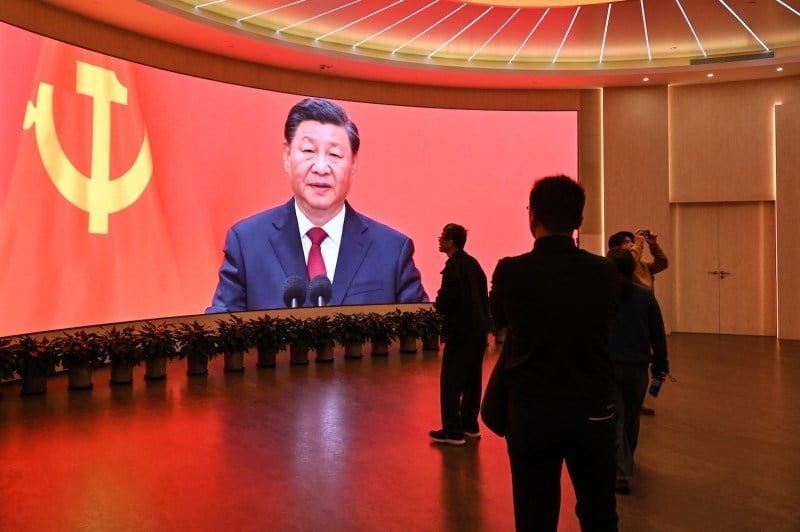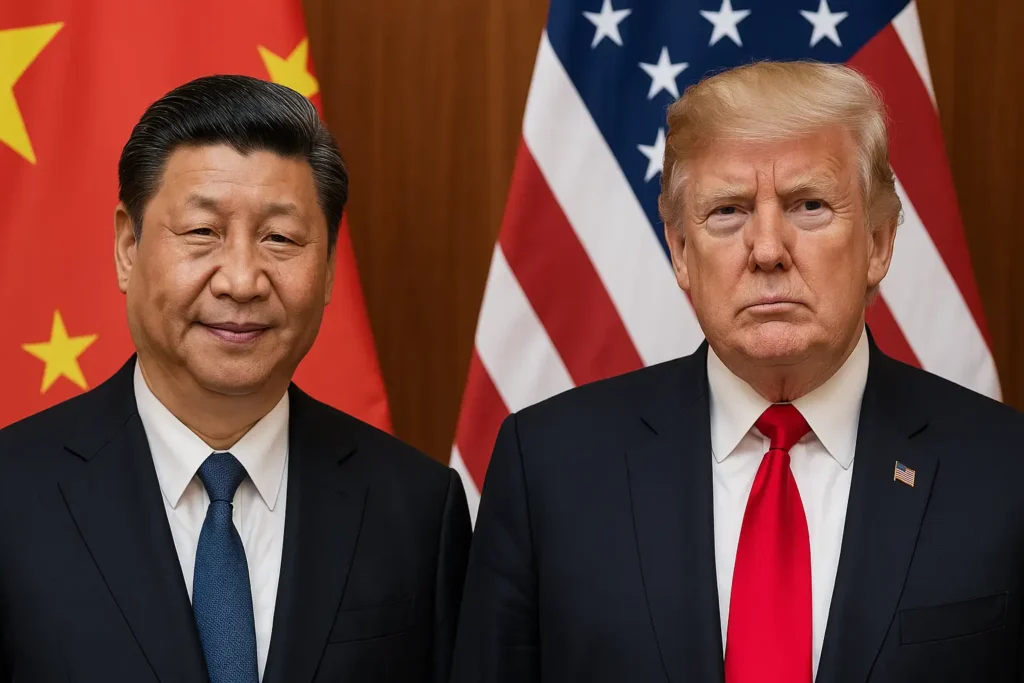China Tariffs 2025 and the Global Trade Showdown
China tariffs 2025 is becoming a hot topic in global economics and politics. The United States is preparing to impose tariffs as high as 104% on Chinese goods, especially electric vehicles. This sharp increase is meant to protect U.S. industries and reduce China’s influence in global markets. But despite these heavy penalties, China doesn’t seem too worried. In fact, Chinese officials believe they still hold the upper hand.
So, what gives China this confidence in the face of massive economic pressure? And how might this trade conflict affect industries, economies, and everyday consumers around the world?
Let’s break it down.
The U.S. Tariff Plan: A Quick Overview
The Biden administration is considering a new wave of tariffs on Chinese imports. These tariffs could rise as high as 104%, especially targeting sectors like:
- Electric vehicles (EVs)
- Solar panels
- Semiconductors
- Steel and aluminum
The goal? To level the playing field and protect American manufacturing from what Washington sees as unfair trade practices by Beijing. These include:
- Massive subsidies to Chinese companies
- Overproduction of goods
- Selling products below fair market prices (dumping)
These practices have allowed China to flood global markets with cheap goods, making it difficult for other countries to compete.
Why China Isn’t Backing Down

Despite the harsh measures, China seems unfazed. Here’s why:
1. China’s Strong Grip on Supply Chains
China controls a major chunk of the world’s supply chains. From rare earth metals to battery components and solar technology, the country remains the key supplier for many critical materials.
Even if Western countries impose tariffs, they still depend on Chinese components to keep their factories running and meet demand. That gives Beijing powerful leverage.
2. Global Demand for Cheap Goods
Let’s face it — cheap Chinese products are still in high demand worldwide. Many countries, especially developing economies, cannot afford to buy expensive alternatives. Tariffs might push prices up, but China’s pricing advantage still makes it the go-to supplier.
3. China’s Growing Influence Beyond the West
China is shifting its focus. Rather than relying solely on Western buyers, it’s strengthening ties with countries across:
- Africa
- South America
- The Middle East
- Southeast Asia
These markets are less concerned about Western trade tensions and more interested in affordable infrastructure, technology, and consumer goods — all of which China provides.
Electric Vehicles: The Core of the Dispute
Electric vehicles (EVs) are at the heart of this latest trade battle. Chinese EV manufacturers like BYD and NIO have received strong government backing and are producing high-quality cars at lower prices than many Western competitors.
The U.S. sees this as a threat to its domestic car industry, particularly companies like:
By raising tariffs to over 100%, the Biden administration hopes to block Chinese EVs from entering the U.S. market at competitive prices.
But China is playing the long game. It’s betting that EVs will dominate the future of transportation — and it’s investing heavily in:
- Battery tech
- Charging infrastructure
- Global export deals
If it succeeds, it could lead the world in next-gen transportation — even if U.S. buyers are temporarily out of reach.
Europe’s Position: Caught in the Middle
Europe is watching closely. On one hand, EU leaders are under pressure to join the U.S. in imposing tariffs. On the other, many European automakers rely on the Chinese market — both as a buyer and a supplier.
Germany, for example, has deep ties with China. Brands like Volkswagen, BMW, and Mercedes-Benz manufacture and sell cars there. A tariff war could hurt their profits and production costs.
As a result, the EU is walking a tightrope — trying to protect its industries while avoiding a full-blown trade war with its second-largest trading partner.

Impact on Global Markets and Consumers
The global ripple effects of these tariffs could be massive. Here’s what we might see:
1. Higher Prices for Consumers
Tariffs usually lead to higher costs for imported goods. This means:
- Americans could pay more for electronics, cars, and solar panels.
- European markets might see a rise in EV prices.
- Developing countries could struggle to find affordable alternatives.
2. Supply Chain Shifts
To avoid tariffs, companies may try to move their factories to other countries like:
- Vietnam
- Mexico
- India
This process takes time and investment — and may lead to temporary shortages or delays in production.
3. Increased Tensions Between Superpowers
This isn’t just about economics — it’s also about global power. The U.S. and China are in a race to lead the future economy, and tariffs are a tool in that race.
The more these trade wars escalate, the more strained diplomatic ties become — which could affect everything from:
- Climate cooperation
- Technology sharing
- Geopolitical stability
What Beijing Is Betting On
Despite the pressure, China is making some bold bets:
- That the U.S. cannot fully cut off its economic relationship with China.
- That global buyers will choose affordability over politics.
- That emerging markets will provide a growing customer base.
- That innovation in EVs and green tech will make it indispensable in the future economy.
In short, China believes that time is on its side.
Can the U.S. Strategy Succeed?
The U.S. strategy has clear goals:
- Rebuild domestic manufacturing
- Reduce reliance on Chinese imports
- Promote fair trade
But success depends on several factors:
- Can American industries scale up quickly enough to meet demand?
- Will U.S. consumers accept higher prices for “Made in America” goods?
- Can Washington build strong alliances with other global economies?
Only time will tell if these tariffs are the start of a stronger U.S. economy — or the spark that ignites a deeper economic rivalry.
Conclusion: The China Tariffs 2025 Story Is Just Beginning
China tariffs 2025 represent a major turning point in the global economy. While the U.S. is tightening trade rules, China remains confident in its long-term strength.
The world is watching this economic standoff closely. It’s more than a dispute over taxes — it’s a battle over influence, innovation, and global leadership.
For now, China may not be retreating — because in its eyes, the war is just beginning, and the game is far from over.
Also Read – Robert Reich: Champion of Economic Equality and Social Justice






